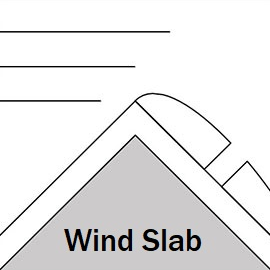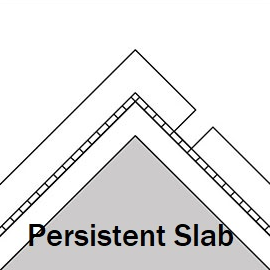Gudauri
Natural avalanches are unlikely, human-triggered avalanches are possible. Small avalanches in specific areas, or large avalanches in isolated areas.
The snowpack has consolidated during the last days, but new and winds will lead to fresh windslabs, particularly behind ridges and in gullies. Note that there have also been resports of isolated surface hoar, some of which might have survived todays winds. Also watch for facetted, shallow (ca. 1 m) and weak snowpacks, especially in rocky areas and below ridgelines.
Forecast issued at: 3 January 2024 21:00
Forecast valid until: 4 January 2024 21:00
Forecaster: Peter S
High Alpine
> 2600m
2 Moderate
Heightened avalanche conditions on specific terrain features. Evaluate snow and terrain carefully; identify features of concern.
Alpine
2000m - 2600m
2 Moderate
Heightened avalanche conditions on specific terrain features. Evaluate snow and terrain carefully; identify features of concern.
Sub Alpine
< 2000m
1 Low
Generally safe avalanche conditions. Watch for unstable snow on isolated terrain features.
Avalanche Problems
Wind Slab

Moderate winds in alpine and moderate to strong winds in high alpine, combined with 10-20 cm of snow can lead to fresh wind slabs in isolated or specific areas. There is some uncertainty about absolut snowfalls and wind speeds.
| Sensitivity | The specific avalanche problem type is reactive to human rider triggers. Easy to trigger with ski cut. |
| Distribution | Specific areas, with common characteristics. Evidence for instabilities exists, but it is not obvious and finding it requires careful observations. |
| Time of Day | All day |
| Trend | Deteriorating |
| Confidence | Moderate |
Persistent Slab

Facetted, weak layer above a melt-freeze crust.
| Sensitivity | The specific avalanche problem type is difficult to trigger with a human rider. |
| Distribution | A few, isolated locations; evidence for instabilities is rare and hard to find. |
| Time of Day | All day |
| Trend | No change |
| Confidence | Moderate |
Recent Avalanches and Snowpack
January 3:
- Snow Pit on Sadzele West Peak SE Aspect
- Bidara E aspect, 2970m. Test profile adjacent to avalanche reported on Dec 29: Slide failed on small 1-2 mm facets on melt-freeze crust. Test results on the failure layer: CTM11 reistant planar and ECTP23 down 45 cm. Profile link: https://snowpilot.org/node/57950
Weather
Moderate winds in alpine and moderate to strong winds in high alpine, combined with 20-30 cm of snow. Temperatures -5 °to -10° at 2200 m.
Disclaimer
Our avalanche forecasters are internationally qualified and experienced professionals, and data is provided by skilled observers. We encourage you to make your own observations and decisions, without relying solely on our forecast, since any forecast is a generalised 'best guess', and in certain cases it might be inaccurate. We can not be held liable for any actions you take in the backcountry that may result in injury, loss or death.